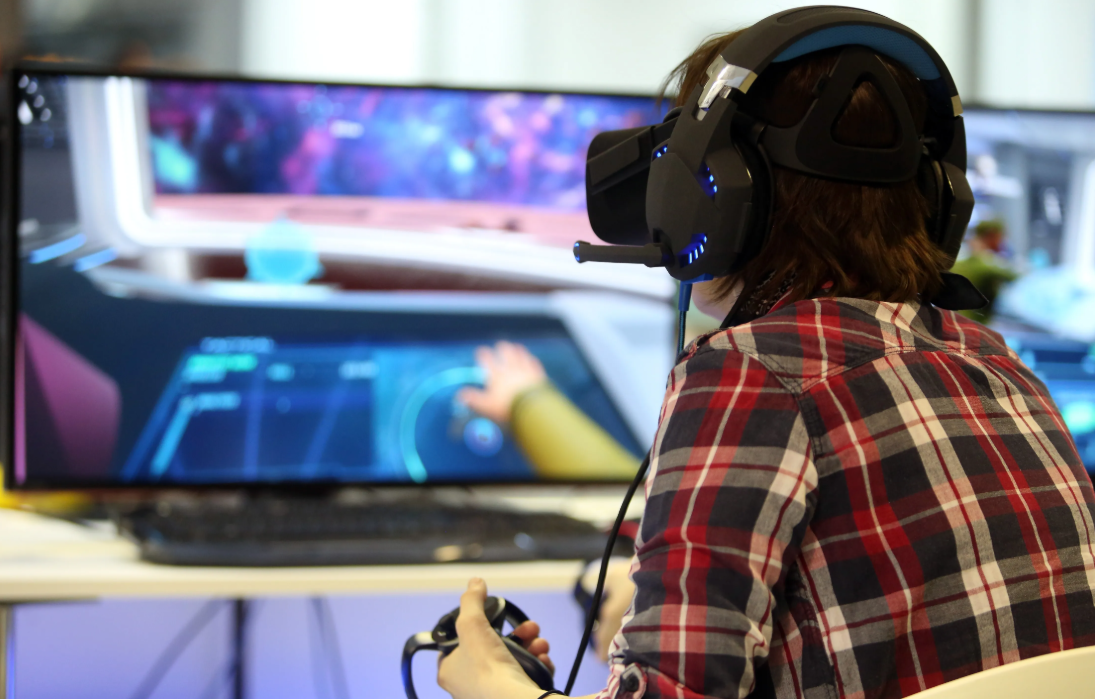The Science Behind Game Addiction: What Researchers Say

Game addiction presents a multifaceted issue, combining psychological, neurological, and social elements. Researchers highlight that compulsive gaming often stems from a desire for escapism, linked to specific personality traits. Neurological studies reveal gaming’s impact on dopamine levels, reinforcing addictive behaviors. Furthermore, social dynamics within gaming communities can amplify these tendencies. Understanding these intricate relationships is essential for addressing gaming addiction effectively. What remains to be explored is how these insights can inform practical interventions and support systems.
Understanding Game Addiction: Definitions and Symptoms
Game addiction, often characterized by excessive and compulsive engagement in video gaming, has emerged as a significant concern among researchers and mental health professionals.
Game definitions vary, but common addiction symptoms include neglecting responsibilities, withdrawal from social interactions, and continued play despite negative consequences.
Understanding these parameters is crucial for identifying at-risk individuals and developing effective interventions to promote healthier gaming habits.
See also: The Role of Sound Design in Enhancing Gameplay Experience
The Psychological Factors Driving Compulsive Gaming
While various factors contribute to compulsive gaming behavior, psychological elements such as escapism, social connection, and reward sensitivity play pivotal roles.
Escapism motivation often drives individuals to seek refuge in gaming, especially those with certain personality traits, such as high neuroticism or low self-esteem.
These traits can amplify the desire to engage in virtual environments, fostering a cycle of dependency and continued gameplay.
Neurological Mechanisms Behind Gaming Behavior
Understanding the neurological mechanisms behind gaming behavior reveals insights into how the brain processes rewards and stimuli associated with gameplay.
Research indicates that gameplay triggers significant dopamine release, reinforcing enjoyment and engagement. This, in turn, activates specific brain circuitry linked to pleasure and motivation, creating a feedback loop that can contribute to compulsive gaming behaviors.
This highlights the intricate relationship between neuroscience and gaming experiences.
Social Influences and the Role of Community in Gaming Addiction
The interplay between social influences and community dynamics plays a significant role in the development of gaming addiction.
Peer pressure can compel individuals to engage more deeply in gaming, while community support can reinforce these behaviors.
Research indicates that the social environment surrounding gaming fosters a sense of belonging, potentially exacerbating addictive tendencies as players seek validation and connection within their gaming communities.
Conclusion
In conclusion, game addiction is a multifaceted issue influenced by psychological, neurological, and social factors. Notably, a study indicated that approximately 8.5% of gamers exhibit signs of problematic gaming behavior, highlighting the prevalence of this concern. Understanding the underlying mechanisms is essential for developing effective interventions. By addressing the complex interplay of individual traits and social dynamics, stakeholders can promote healthier gaming habits and mitigate the risks associated with excessive gaming.



